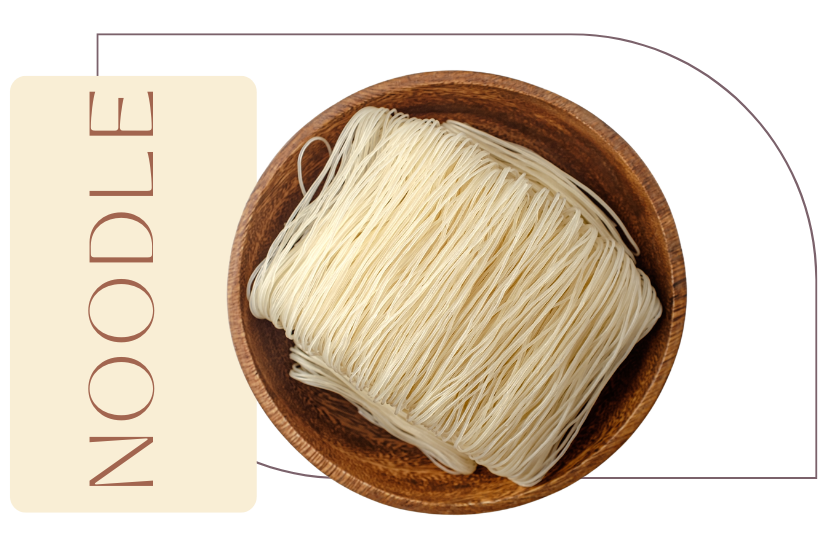Cassava, known scientifically as Manihot esculenta Crantz, has undergone a remarkable transformation in India. Introduced by the Portuguese in the 17th century as a food crop, it has evolved into a vital industrial raw material. This shift from sustenance to industry, particularly in Tamil Nadu and Andhra Pradesh, has not only reshaped its role but […]
In the span of 11 months in 2022, Korea experienced a significant surge in cassava imports, reaching 276.1 thousand tons valued at US$92.84 million. This marked a remarkable 49.1% increase in volume and an impressive 73.9% increase in value compared to the same period in 2021. Among the countries supplying cassava to Korea during this […]
Vietnam’s export of cassava chips and cassava-made products increased in 2020, with 2.76 million tonnes worth $989 million being exported, up 9% in volume and 2.4% in value compared to 2019. China was the largest export market, followed by Taiwan and Malaysia. Although the COVID-19 pandemic caused some problems for the cassava production industry, it […]
Rice noodles are a type of noodle made from rice flour and water, sometimes also with tapioca or cornstarch added. They are a popular ingredient in Asian cuisine and are used in dishes such as pho, pad thai, and stir-fries. Rice paper, also known as spring roll wrapper, is a thin, translucent sheet made from […]
Tapioca starch, also known as tapioca flour, is a starch extracted from the roots of the cassava plant (Manihot esculenta). Cassava is a tropical plant that is widely cultivated in many countries, particularly in South East Asia, South America, and Africa. Tapioca starch is a fine, white powder that is commonly used as a thickener […]
Alpha starch, also known as pregelatinized starch, is primarily referred to and recognized in the Southeast Asian market, including Vietnam, Thailand, and Indonesia. If you are looking for information on non-pregelatinized alpha starch, please refer to this article. Properties Alpha starch has several properties that make it useful in various applications. These properties include: Production […]
Pregelatinized starch is a modified form of starch that has undergone a thermal and mechanical process to rupture and gelatinize the starch granules, resulting in a product with cold-water solubility and thickening properties. This modified starch is commonly used in various industries, such as food, pharmaceutical, paper, and textiles, for its ease of use and […]
Composition of Tapioca Processing Wastewater Tapioca starch production generates a lot of polluted wastewater with solid waste being another major concern. Wastewater from sedimentation and centrifugation is especially problematic. The amount of wastewater produced is around 12 cubic meters per ton of starch produced, which causes severe pollution to the surface water and air in […]
In the vibrant landscape of Vietnam, tapioca starch processing factories play a pivotal role in the nation’s economy. These factories, diverse in scale and technology, are categorized into household-scale, medium-scale, and large-scale enterprises based on their production capacity and technological advancements. 1. Household-Scale Tapioca Production: Tradition Meets Limitations Location and Capacity:Situated predominantly in eight provinces, […]
In Vietnam, there are two types of starch processing methods: modern factories and traditional household methods. In recent years, many large-scale factories have been established in the southern region, particularly in Tay Ninh Province. According to the 2005 statistical data from the Department of Natural Resources and Environment in Tay Ninh Province, there are 98 […]

